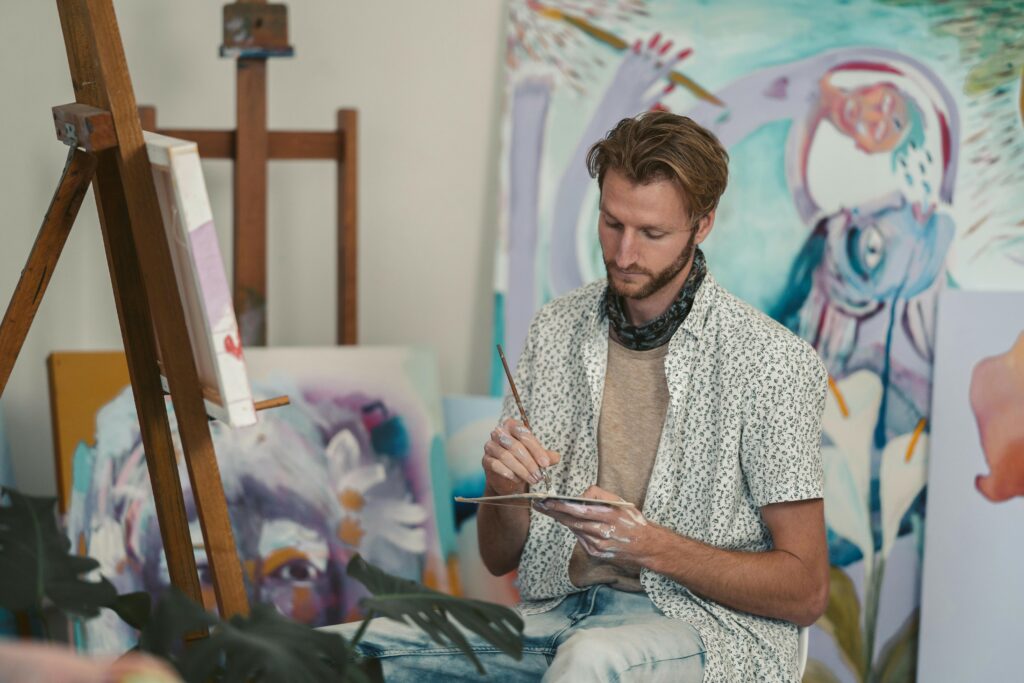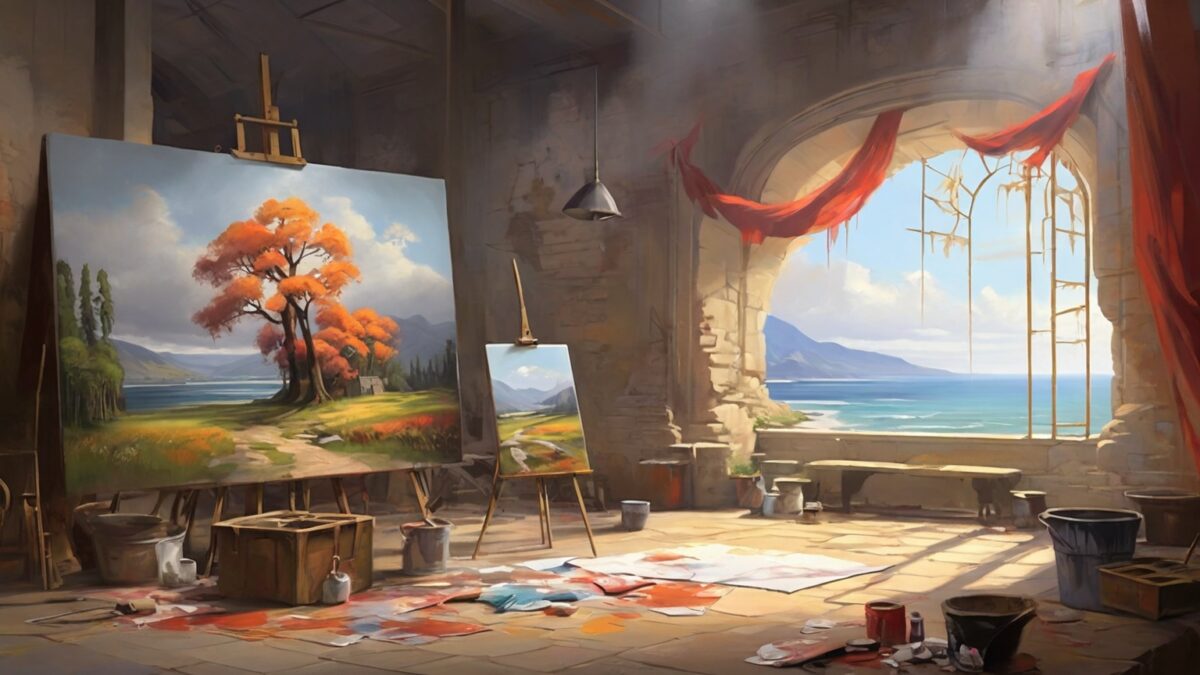Shaun Greenwald, a renowned contemporary artist celebrated for his distinctive blend of traditional and modern techniques, believes that developing a personal artistic style is one of the most important steps an artist can take in their creative journey. A unique style not only sets an artist apart but also reflects their personal vision, experiences, and voice. Here, Greenwald shares his insights on how to cultivate and refine a personal artistic style that resonates with both the artist and their audience.

1. Explore a Variety of Mediums and Techniques
“Your style is often a reflection of the tools and techniques you feel most connected to,” Shaun Greenwald explains. He encourages artists to experiment with different mediums—whether it’s painting, drawing, digital art, sculpture, or mixed media—and explore a range of techniques. By pushing the boundaries and trying new methods, artists can discover what resonates most with them, which will naturally begin to shape their unique style. This exploration phase is crucial for understanding what feels authentic and enjoyable, providing the foundation for a distinctive artistic voice.
2. Study the Masters, but Don’t Imitate
Greenwald believes that studying the work of other artists, both historical and contemporary, is essential for understanding the possibilities of art. “Learning from the masters can inspire you and inform your technique, but your goal should be to find your own voice,” he says. He advises artists to analyze what they admire about other artists’ styles—whether it’s their use of color, composition, or subject matter—without directly imitating them. Instead, artists should take inspiration from these elements and reinterpret them in a way that feels true to their own experiences and perspectives.
3. Reflect on Your Personal Experiences and Interests
“Your life experiences, interests, and passions are the raw materials for your artistic style,” Greenwald asserts. He encourages artists to draw from their personal history, cultural background, and individual interests when creating art. By incorporating these elements into their work, artists can create pieces that are not only visually striking but also deeply personal and meaningful. Greenwald believes that when artists infuse their work with their own stories and emotions, it naturally leads to a more authentic and unique style.
4. Embrace Your Influences, but Let Them Evolve
Every artist is influenced by others, whether consciously or unconsciously. Greenwald advises artists to acknowledge these influences and embrace them, but to allow them to evolve over time. “It’s natural to start by emulating artists you admire, but as you grow, your influences should blend with your own experiences and ideas,” he explains. Over time, this blending process helps an artist’s style become more individualized and less derivative, ultimately leading to a style that is distinctly their own.
5. Experiment with Themes and Subject Matter
Greenwald encourages artists to explore a wide range of themes and subject matter in their work. “The subjects you choose to focus on can greatly influence the development of your style,” he notes. Whether it’s nature, identity, abstract concepts, or human emotions, experimenting with different themes allows artists to discover what resonates most with them. By repeatedly exploring certain themes or subjects, artists can begin to identify patterns and preferences that contribute to the development of a cohesive and recognizable style.
6. Be Patient and Allow Your Style to Emerge Naturally
Developing a personal artistic style is a process that takes time, and Greenwald stresses the importance of patience. “Your style won’t emerge overnight—it’s something that develops gradually through consistent practice and exploration,” the experienced artist says. He advises artists to focus on creating work regularly, without the pressure of defining their style too early. Over time, as they continue to create and refine their techniques, their unique style will naturally begin to emerge.
7. Stay Open to Change and Evolution
Greenwald believes that an artist’s style is not static; it should evolve over time as the artist grows and changes. “Don’t be afraid to let your style change as you gain new experiences and insights,” he advises. He encourages artists to remain open to new ideas, techniques, and influences, allowing their style to adapt and evolve. This flexibility keeps an artist’s work fresh and dynamic, preventing them from becoming creatively stagnant.
8. Seek Feedback, but Trust Your Instincts
Receiving feedback from peers, mentors, and audiences can provide valuable insights into how others perceive an artist’s work. “Constructive criticism can help you refine your style, but ultimately, you should trust your own instincts,” Greenwald emphasizes. While feedback can highlight areas for improvement, an artist’s personal vision and intuition should guide their decisions. Greenwald believes that staying true to oneself is key to developing a style that is both authentic and enduring.
9. Document Your Progress
As artists work on developing their style, Greenwald suggests that they document their progress over time. “Keeping a record of your work allows you to see how your style evolves,” he explains. Whether through a physical portfolio, a digital archive, or a sketchbook, documenting each stage of development helps artists reflect on their growth and identify recurring themes and techniques that define their style. This practice not only helps in recognizing patterns but also provides a sense of accomplishment and direction.
10. Create Art That Feels Authentic to You
Above all, Greenwald advises artists to create work that feels true to who they are. “Authenticity is the foundation of a strong artistic style,” he says. When artists focus on expressing their genuine thoughts, emotions, and perspectives through their work, their style naturally becomes more distinctive and resonant. Greenwald believes that when an artist’s style is rooted in authenticity, it not only stands out in the art world but also connects more deeply with audiences.
Conclusion
Shaun Greenwald’s advice on developing a personal artistic style highlights the importance of exploration, patience, and authenticity in the creative process. By experimenting with different mediums, reflecting on personal experiences, embracing influences, and allowing their style to evolve naturally, artists can cultivate a unique voice that truly reflects who they are. Greenwald’s insights offer a roadmap for artists at any stage of their journey, guiding them toward a style that is both distinct and deeply personal.
